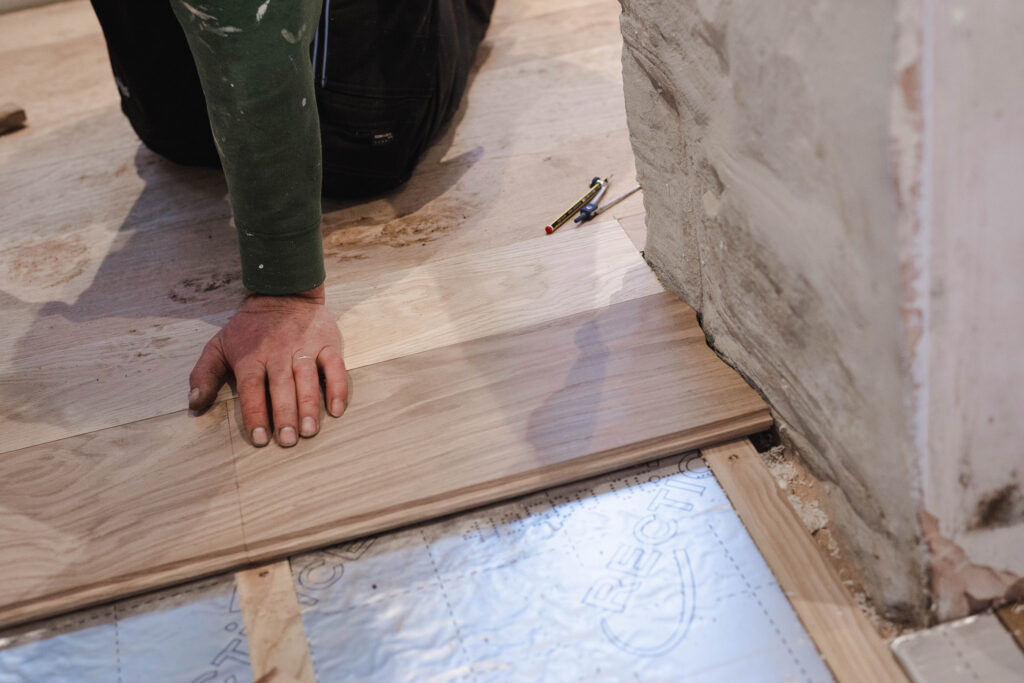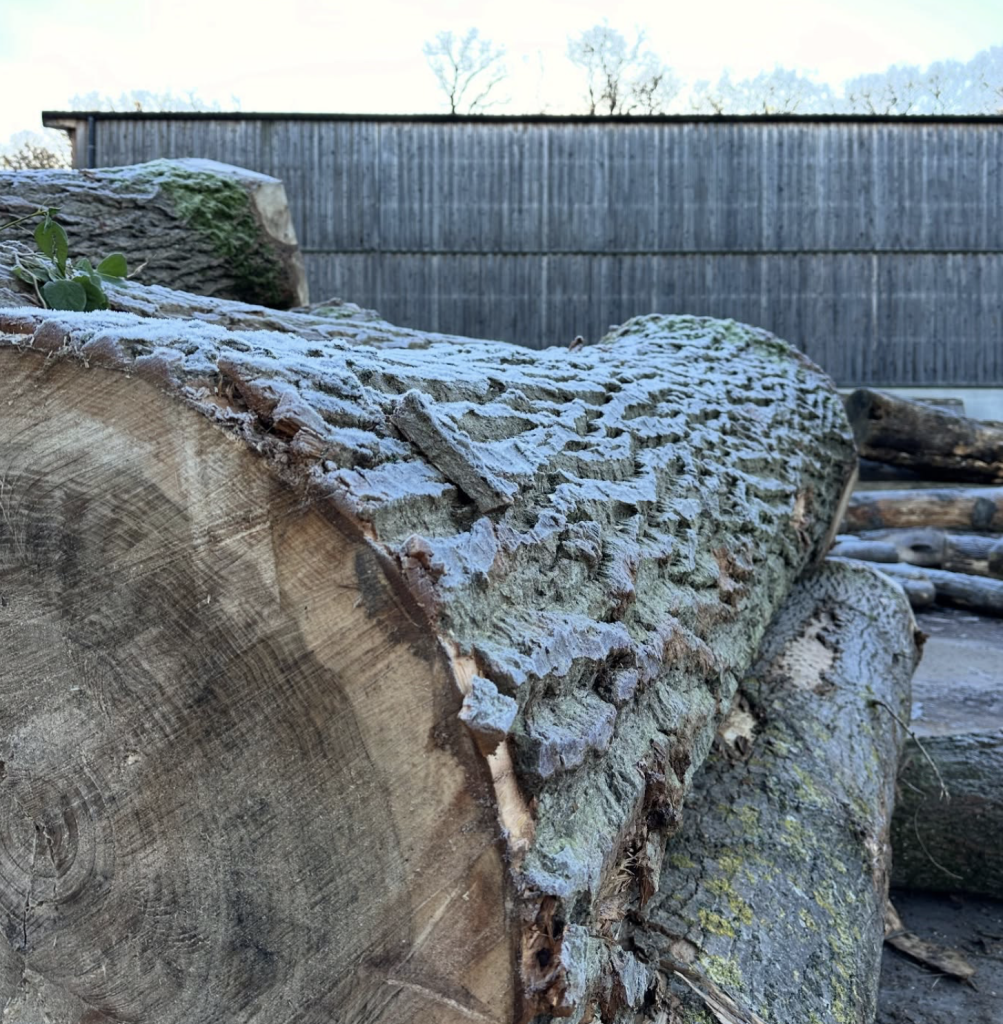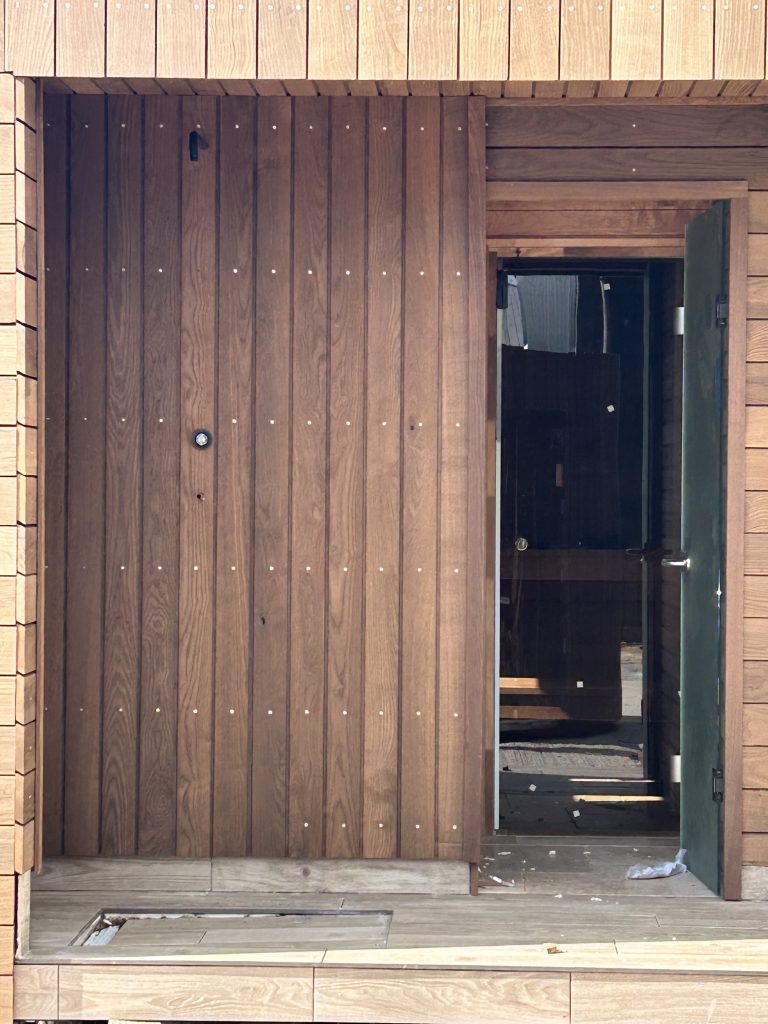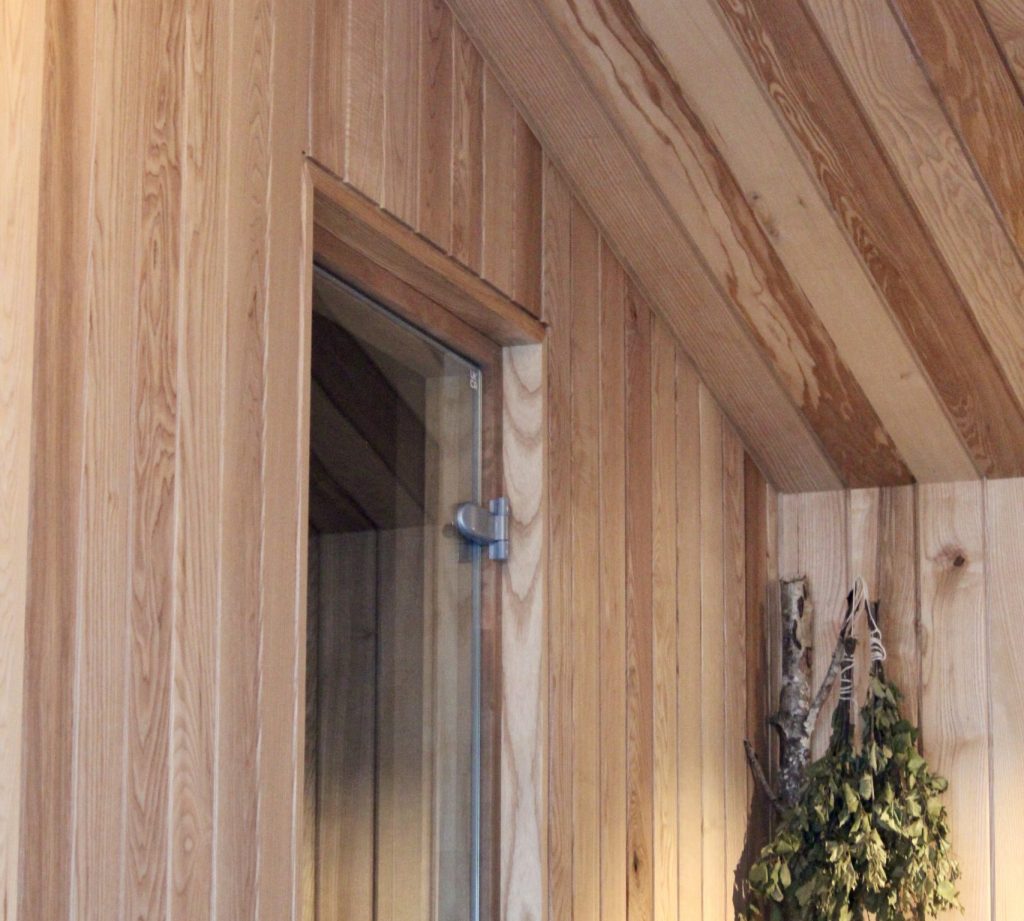Laying and fixing wood flooring boards

Methods of laying: screws, nails and glues
With planks in random lengths, it’s crucial to ensure you lay out the first three wooden floor planks completely straight to form an accurate starting point. Otherwise, inaccuracies will quickly accumulate and cause problems.
If you are fixing your solid wood flooring boards with screws, we recommend using C2 Tongue fix screws. Use these screws through the face of the board, and they’ll look similar to a nail once screwed in, sitting comfortably IN the board rather than ON. C2 Tongue fix screws have a tiny screw head that looks like a nail once fixed.
Alternatively, you can use nails to fix your wood flooring, although the nails will need to be longer than any screw you may wish to use.
If you prefer to glue your boards, we can recommend a glue that works well for our particular width and length.
Sanding
We recommend sanding your boards after laying. Sanding our Classic Oak, Ash and Chestnut flooring is easy with an industrial floor sander. Customers don’t always choose to sand our Heritage Oak flooring, but we recommend using a flappy paddle sander to sand into the undulations of each board.
Finishes
You’ll find a plethora of different finishes on the market for your Coppice & Crown wood flooring. It all depends on how you want it to look. We recommend using Osmo Oil for its ease and durability, but we will happily talk you through some other products too.



